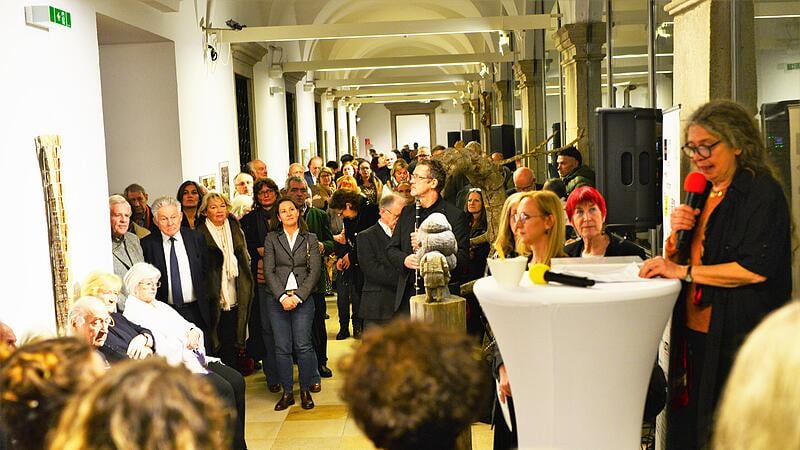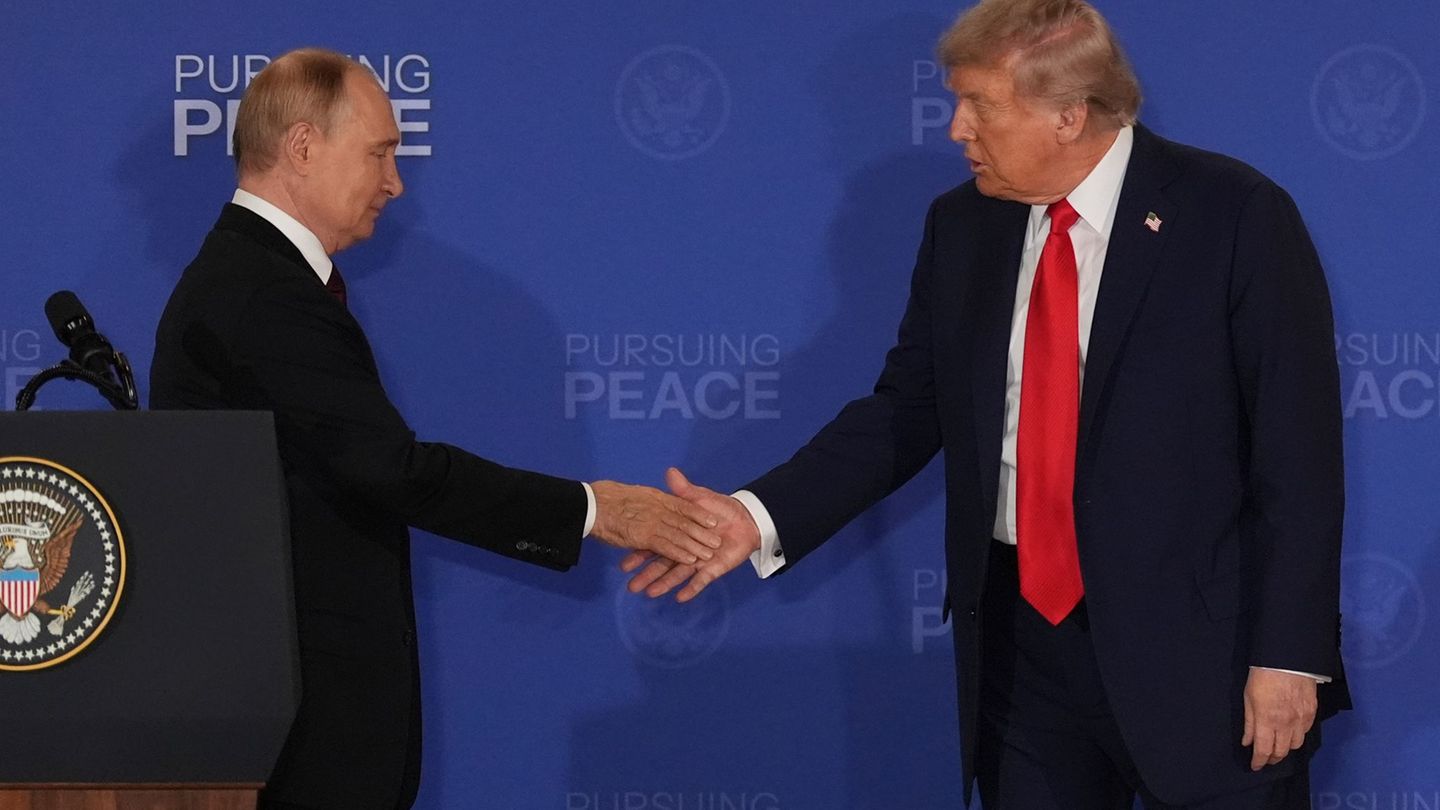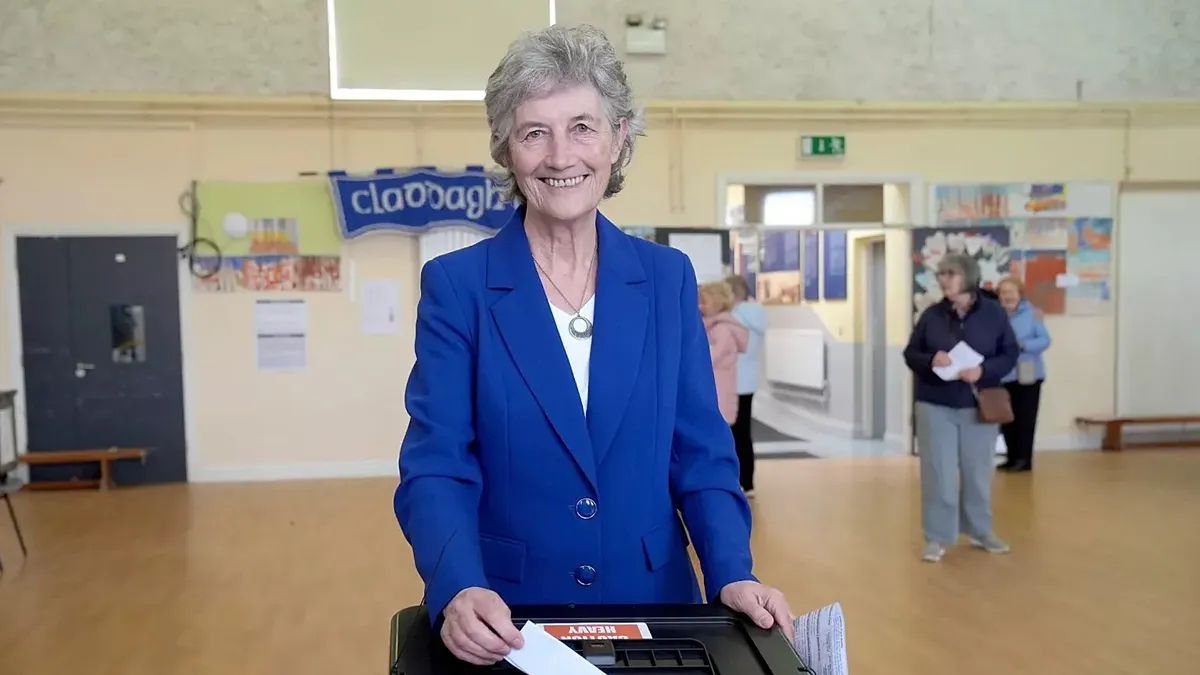Image: Roman Kloibhofer
“This exhibition gives a clear and concentrated view of the artistic work in the Innviertel artists’ guild.” The Raaber sculptor Andreas Sagmeister expresses what many visitors felt on Tuesday evening at the opening of the anniversary exhibition of the Innviertel artists’ guild (IKG) in the Linz Castle Museum. The diversity of a remarkable cultural region is evident here. 108 of the 150 guild masters participate in the exhibition.
Works by the Nazi painter were taken down
The controversial exhibition of works by the Nazi painter Ernst August von Mandelsloh was closed on Wednesday morning. The works will be taken down, as the head of the cultural department, Sieglinde Frohmann, announced. “Mayor Bernhard Zwielehner expressly welcomes this decision because the city of Ried clearly and unequivocally distances itself from any trivialization or even glorification of the Nazi era,” says the city of Ried’s website.
He is currently unable to comment on the fuss surrounding the Mandelsloh exhibition, said the co-opted chairman of the IKG, Klaus Zeugner – he is currently on a long trip abroad – in an email to OÖN.
A brilliant vernissage
The vernissage of the exhibition, which is well worth seeing, turned out to be a big event, and even the management of the IKG had not expected such a large number of visitors. The deputy chairman of the guild, Sigrid Kofler, pointed out in her speech that the guild had not hesitated to critically review the past 100 years, as shown by the historical part of the anniversary book that was published to accompany the exhibition. Dealing with the role of the guild in the Nazi era, among other things, is a “compulsory critical look into the past”. “There is nothing to hide, to belittle or belittle. There were followers, perpetrators and victims.” It is “neither to gloss over nor to accuse,” said Kofler. Rather, this confrontation with the past helps “to clear the view into the future”.
“A heterogeneous collective”
The exhibition in the castle is not only a strong sign of a region, but also depicts a beautiful cross-section of artistic creativity in this region, said the art historian Verena Träger, daughter of the Rieder painter and guild master Wilhelm Träger. The Innviertel with its high concentration of artists is indeed something special.
What does the IKG mean as a collective for an artist who always works individually? “The guild is a heterogeneous collective that does not bend artists and artists, but supports them,” says Werner Bauböck. Author Martina Sens: “The artists’ guild is a place where one is welcomed openly.” The aim for the future must be to combine the individual genres in the IKG even more. Painter Silvia Fink appreciates the “lively togetherness and creative work” at the IKG. This promotes the artists in their creativity and motivates them to keep realizing new ideas. Andreas Sagmeister says that despite everything, individual work is in demand: “That’s the challenge that this community represents for an artist.” “Being an artist is a lonely business,” says painter Rainer A. Riepl from Ried. “Working in a group and collaborating with other artists is not a priority at first.” It is all the more important as an individual creative worker to open up to a community, which can offer a broadening of one’s own perspective.
Still alive at 100
Even in its hundredth year, the IKG is “very much alive”, said Sigrid Kofler. The guild needs “spontaneity, courage to be rebellious and anarchic thinking in order not to ossify”. Analogue art is also necessary: ”Not everything can go digital!”
- Exhibition 100 Years of Artists’ Guild “The Spirit. Art. Life.” in the Schlossmuseum Linz, on view until April 10th.
Source: Nachrichten




